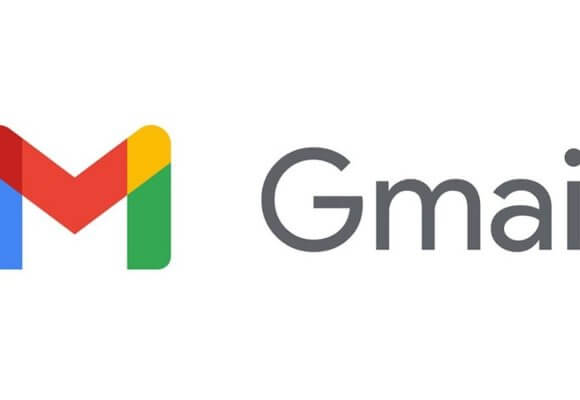|
LISTEN TO THIS THE AFRICANA VOICE ARTICLE NOW
Getting your Trinity Audio player ready...
|
Utilizing the data obtained through marketing campaigns and experimentation to generate growth is called “growth marketing.” You can anticipate change better and plan your tactics to achieve continuous improvements with its assistance.
Growth marketers constantly examine data and feedback to determine which strategies are successful and which are not. After all, the world of marketing digital products is in a state of perpetual change. The effectiveness of specific techniques can fluctuate significantly from one day to the next. New users, applications, and tools are succeeding them. Another way is all this change, although it is easy to become overwhelmed by it all.
The definition of growth marketing
Growth marketing is a subset of marketing optimization that extends beyond simply marketing a product; instead, it focuses on fostering client loyalty to assist firms in expanding their operations. This type of marketing allows you to make the most of your efforts by applying tactics such as A/B testing, email marketing, search engine optimization (SEO), and data analysis to put more innovative and more efficient approaches to promote growth in your business.
Growth marketing reduces the time needed for each innovation cycle rather than depending on prolonged efforts. Both just-in-time and micro-campaigns are designed to address the requirements of the present moment.
Its focus on customer growth sets growth marketing apart from typical marketing methods.
Instead of concentrating on the beginning of the customer journey and marketing funnel, growth marketing looks at the process from start to end. In traditional marketing, the focus may be on building brand recognition and increasing the number of customers. Still, less attention is paid to the processes once a prospect becomes a paying customer.
On the other hand, growth marketing emphasizes the entirety of the marketing funnel, beginning with brand awareness and continuing to customer retention and beyond. The purpose of conventional marketing is more comprehensive than merely increasing the number of visits to a website or raising people’s awareness. Instead, it aims to capitalize on that awareness by turning visitors into customers through engagement and providing a positive experience for customers, which in turn encourages them to promote your brand to their friends and family. Using email marketing to create brand loyalty by delivering exclusive bargains to subscribers is one example of a growth marketing strategy.
Other examples include:
- Providing customers with a high-quality product and making ongoing efforts to improve that product in response to their feedback.
- Redesigning marketing campaigns based on the findings of A/B testing to raise conversion rates, generate more leads, and improve key performance indicators (KPIs).
Growth marketing lets you connect with customers where they choose to spend their time, like on social media, through email, or on the web.
Aspects are essential to the process of product creation and marketing. Because it goes further than traditional marketing methods, it requires additional work and more considerations for increasing customer loyalty and getting your customers to be your biggest brand advocates.
This is because growth marketing goes beyond traditional marketing methods. This is because it is an extension of conventional marketing methods.
The following are essential components:
Approach requiring 100% of available personnel
The practice of growth marketing does not take place in a vacuum. Every employee contributes to the organization’s expansion efforts in a successful business. After all, the goal of every business is to increase the number of customers who actively use their offering. This expansion goal is being accomplished everywhere, from product development to customer assistance. Every team has something to contribute that could inspire a new technique to attract users and provide them with a positive experience.
Your marketing team transforms into a central hub that combines and analyzes the data collected from other groups to assist in producing the subsequent batch of campaigns. Consider how different departments, besides marketing, compile important marketing information consistently.
- When it comes to product development, demands for new features, upgrades, and complementary product lines are considered. Also, plans and goals for the future of product development can be a part of marketing campaigns.
- Analytics and developers keep note of unusually high or low online or mobile traffic, which is data that can encourage marketing to experiment with something new with their digital campaigns.
- Marketers can gain helpful information from customer support agents’ discussions with users because they are in regular contact with them. Customers are complimentary of what is working well (indicating which features should be highlighted), and they continue to express ongoing problems.
Any data source encouraging innovation can be the starting point for growth marketing. Please use that data to generate new ideas for tactics and then put them through a trial run as a pilot project or an experiment to see whether or not they are worth extending.
When starting growth marketing, try a few strategies by adjusting your email newsletter, social media content calendar, etc. When you notice how these little adjustments affect your product engagement, downloads, or membership renewals, it can be exciting since it can provide hints as to which new route will perform best.
Best practices in growth marketing: How to create a profitable expansion strategy
You may want to do the following to run a successful campaign:
- Collect information about potential clients and evaluate any feedback you already have.
- Make use of the information you’ve collected to design a few straightforward A/B tests.
- Track engagement data on your test features.
- Analyze what works best and add those techniques to a growing library of tailored best practices.
- Create and run sample email campaigns, social media postings, blogs, and podcasts.
- Create and run sample podcasts.
- Create and run sample blogs.
Before beginning a new, you should gather new information and comments from other teams.
Take advantage of growth marketing right now for your benefit.
A strong growth marketing team can examine everything that occurs within your organization through the lens of marketing. Always be on the lookout for possibilities to use data and feedback. You should make use of any opportunity that presents itself to evaluate and modify your marketing plan to achieve ever-increasing levels of success.
It isn’t easy to prosper in business without implementing a growth strategy built expressly for your marketing channels. Keep in mind that a growth marketing plan goes beyond traditional marketing to build stronger relationships with customers, raise levels of customer loyalty, and increase the number of customers who make repeat purchases. The term “growth marketing” should be interpreted broadly to include several types of marketing, such as “traditional marketing materials,” “your website,” “social media and email marketing plan,” and “email marketing strategy.”
Using this kind of marketing compels you to acquire knowledge regarding your clientele by soliciting their responses to your various product and service offerings. You may improve your marketing efforts and product quality by soliciting customer feedback and conducting A/B testing.



























